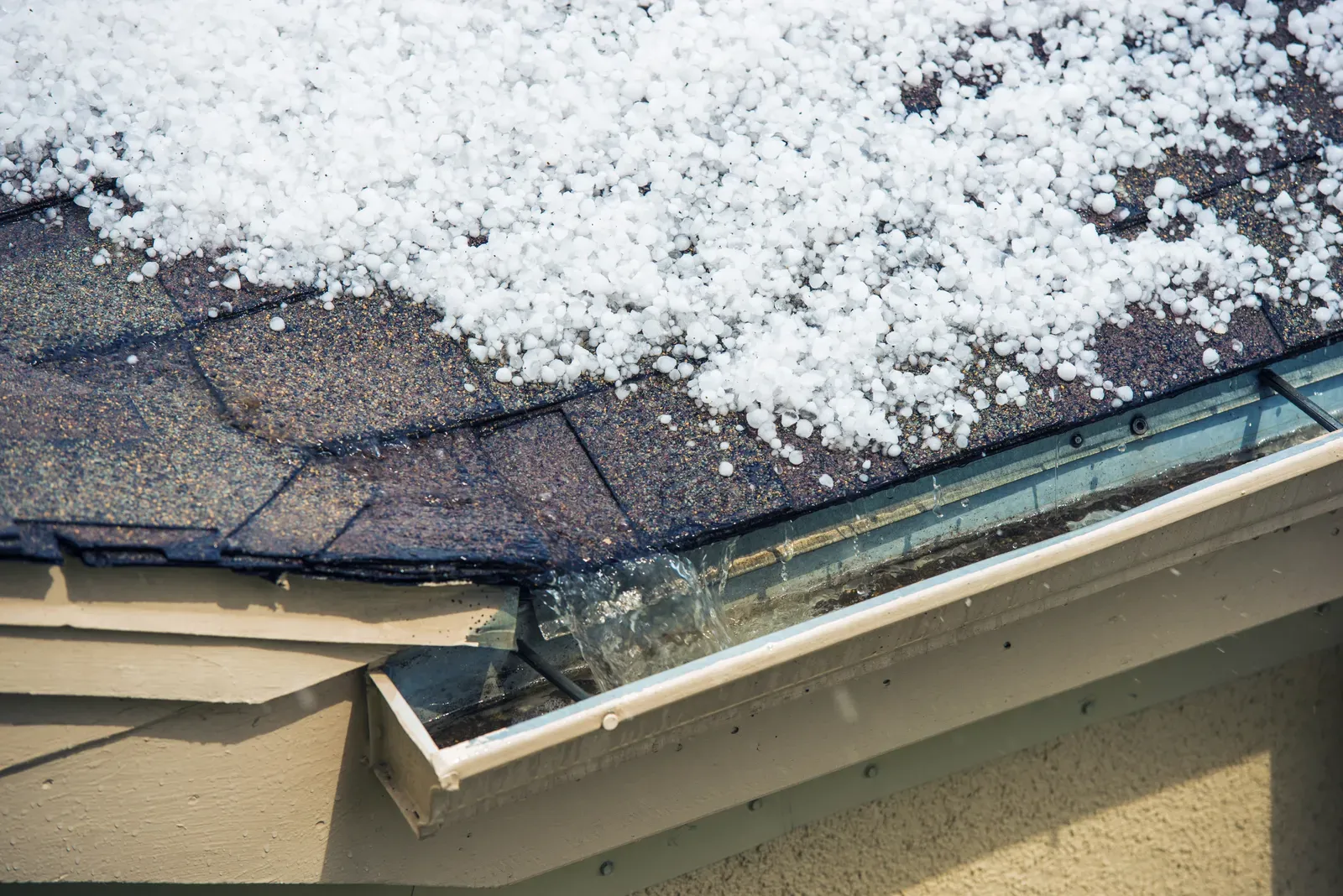When faced with the question, “Should you replace gutters or roof first?” it’s important to make an informed decision to protect your property investment and prevent costly water damage. In this guide, we’ll explore the factors influencing your decision, including the lifespan of each element, financial implications, and signs indicating replacement is necessary. By the end, you’ll understand how to prioritize your home maintenance projects for maximum protection and value.
The Role of Your Roof and Gutters
Your roof and gutters work in tandem to safeguard your home from water damage. The roof serves as the primary barrier against the elements, deflecting rain, snow, and debris, while the gutters collect this water runoff and channel it safely away from your home’s foundation, preserving its structural integrity.
When determining whether to replace gutters or roof first, recognize the potential consequences of a compromised gutter system. Clogged or damaged gutters can trigger costly issues, including:
- Foundation Instability: Water overflowing from faulty gutters can saturate the soil around your foundation, potentially causing it to shift, crack, or settle unevenly.
- Landscaping Degradation: Misdirected water runoff can erode topsoil, damage plants, and create unsightly pools of stagnant water in your yard.
- Water Infiltration: In severe cases, overflowing gutters can lead to water seeping into your basement or crawlspace, resulting in water damage and mold growth.
Understanding the roles of your roof and gutters will help you make informed decisions about replacement and prioritize necessary repairs.
Roof Lifespan vs. Gutter Lifespan
Knowing the lifespan of your roof and gutters is essential when deciding whether to replace roof or gutters first. Various factors influence their longevity, including the material, climate, and maintenance.
- Roof Lifespan: Asphalt shingles typically last 15-20 years, while metal roofs can last 40-70 years. Tile and slate roofs can even outlast the house itself. However, harsh weather, poor installation, or neglected maintenance can significantly shorten a roof’s lifespan.
- Gutter Lifespan: Aluminum gutters can last 20 years, while copper gutters can last 50 or more. Vinyl gutters typically last 10-20 years. Factors like temperature fluctuations, heavy precipitation, and debris accumulation can significantly impact the longevity of your gutter system.
Financial Implications
Deciding whether to replace gutters or roof first often comes down to cost. The average price for a new roof varies widely depending on the size of your home and the chosen materials. Similarly, gutter repair and replacement costs fluctuate based on the material and the linear footage needed.
It’s worth noting that replacing your roof and gutters simultaneously can lead to potential savings. Combining these projects often reduces labor costs as contractors can streamline their work. Investing in quality materials and professional installation for both your roof and gutters is crucial for long-term protection and value.
Signs Your Roof Needs Replacement
Beyond age, several telltale signs indicate it might be time to consider a new roof:
- Leaks or water stains in your attic.
- Missing or damaged shingles.
- Sagging roof structure.
- Granule loss in gutters.
- Moss or algae growth.
If you notice any of these signs, consult a roofing professional promptly. Addressing roof issues early can prevent more extensive and costly damage.
Signs Your Gutters Need Replacement
Assessing the condition of your gutters is equally crucial. Look for these signs:
- Cracks, rust, and holes in the gutters.
- Sagging or pulling away from your home.
- Peeling paint or mildew.
- Overflowing water during rainfall.
- Water damage around your foundation and landscaping.
Ignoring damaged gutters can lead to expensive repairs. Consider replacing your gutters if you notice any of these signs, even if you’re contemplating replacing your roof.
The Verdict
So, should you replace gutters or roof first? In most cases, it’s advisable to start with your roof. Installing new gutters can potentially damage a brand-new roof. It’s simpler and more cost-effective to install gutters after the roof is in place.
The exception is if your gutters are severely damaged and pose an immediate threat to your home’s foundation. In such cases, addressing the gutter issue first becomes a priority.
When to Replace Both at the Same Time
If both your roof and gutters are nearing the end of their expected lifespan, simultaneous replacement can be a financially sound decision. This approach often leads to cost savings on labor and streamlines the overall project timeline.
Consult with experienced roofing and gutter professionals to assess your specific situation and determine the most suitable course of action for your home.
Key Takeaways
The question of whether to replace gutters or roof first is multifaceted, often leaning towards prioritizing the roof. However, every home is different, and various factors influence the optimal choice for your needs and budget. Seek professional guidance to ensure you’re making the right decision for your home. Contact us for a comprehensive assessment and expert advice tailored to your unique situation. Safeguard your investment and ensure the longevity of your home by making informed choices today.
For further assistance, give us a call today!

